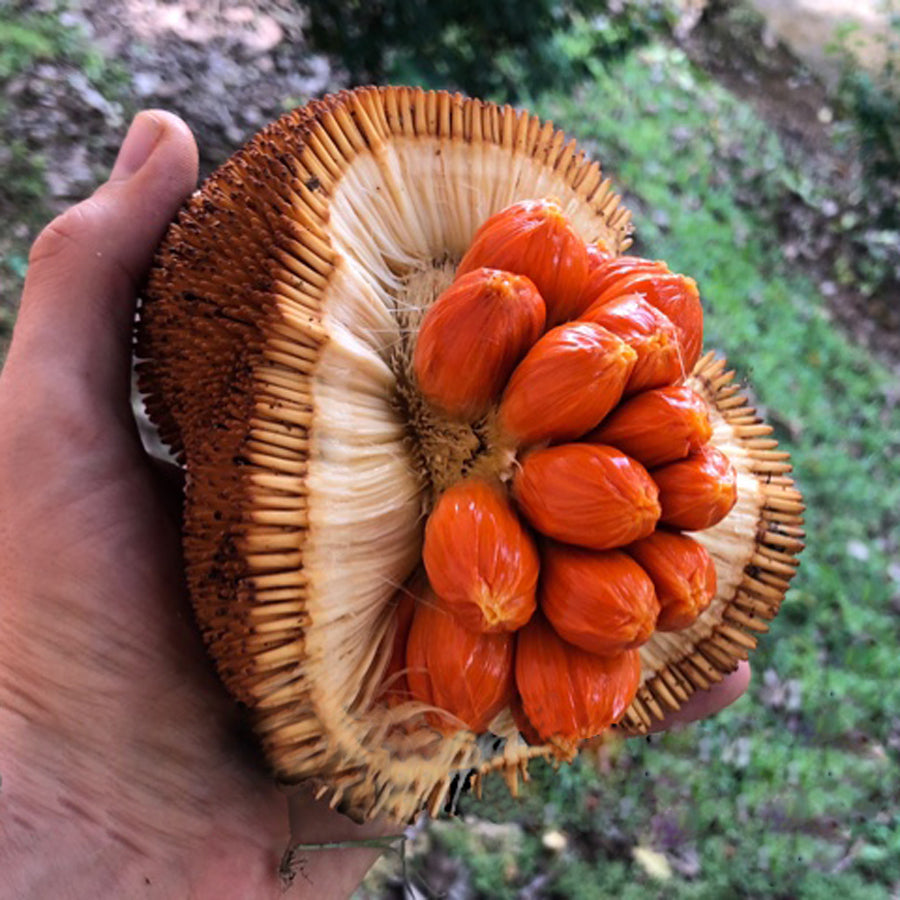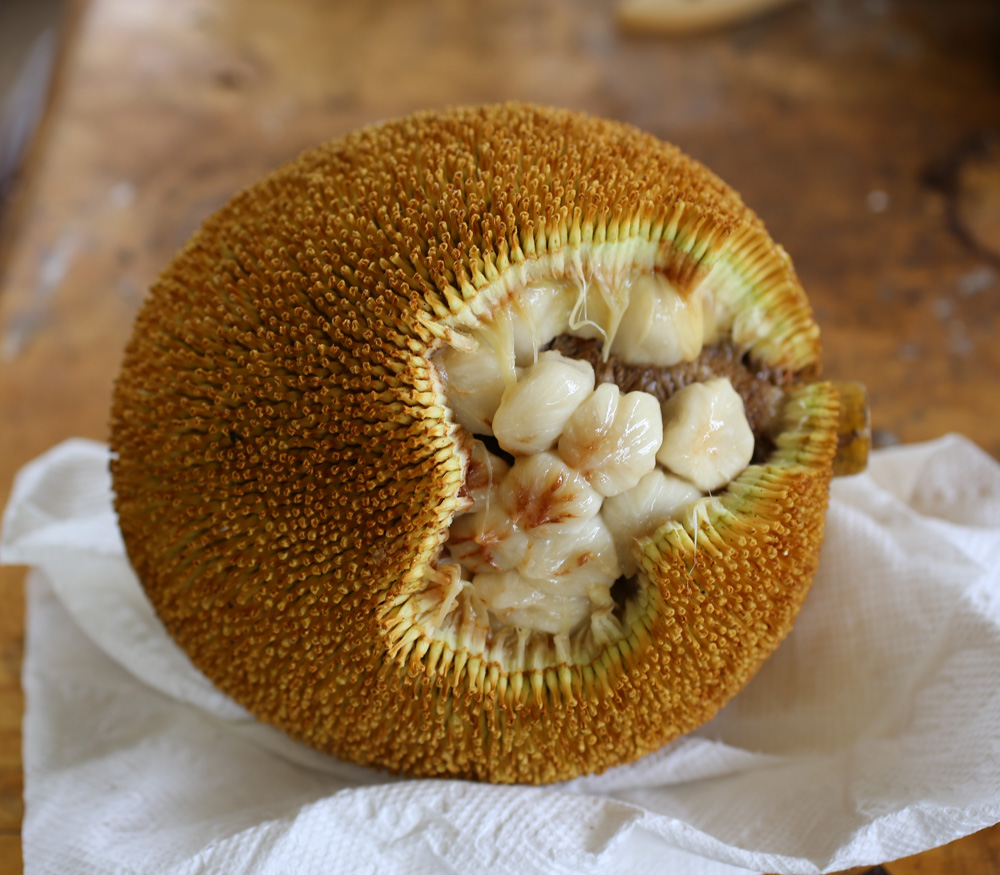Have you ever heard of the Entawak fruit? Also known as Butter Fruit due to its creamy texture, this tropical gem from the Borneo rain forests is slowly gaining popularity for its unique taste and potential health benefits. Yet, despite its rising fame, growing Entawak is no simple feat. Understanding the specific requirements of the fruit species and providing them is the key to a healthy crop. Let's take a closer look at the optimal growing conditions for Entawak fruit.
Discover How This Simple “Meal Plan” Change My Life
What is Entawak?
The Entawak fruit, scientifically known as Artocarpus odoratissimus, belongs to the same family as jackfruit, breadfruit, and figs. The fruit is native to Borneo and is widely consumed in Indonesia, Malaysia, and the Philippines. Entawak has a creamy texture and a unique flavor that can be described as a mix of pumpkin, avocado, and durian. The seed kernels are edible as well, offering a flavor similar to chestnuts when cooked.
Light Requirements: Plenty of Sun
Growing Entawak fruit requires good sunlight, like most other tropical fruits. They need at least six hours of direct sunlight every day to bear the best fruit. Sunlight provides energy for photosynthesis, which in turn, promotes growth and energy necessary for fruit production.

Temperature Needs: Thrives in Warm Temperatures
Entawak trees prefer a tropical climate, thriving in temperatures between 24-30 degrees Celsius. They can tolerate temperatures as low as 10 degrees Celsius, but any lower can damage the tree and impair its growth. So, if you live in a region with extreme winters, growing Entawak might present a challenge.
Soil Requirements: Loves Loamy Soil
When it comes to soil, Entawak trees prefer a rich, well-draining soil. Loamy soil that's high in organic matter is recommended for cultivating Entawak. A slightly acidic soil pH, between 6.0 and 6.5, is also more beneficial for these trees.
Water Requirements: Moderate Watering
Entawak is a fruit that requires moderate watering. These trees aren't built to withstand drought or flooding, so it's crucial to maintain a balance. Water the plant thoroughly, then give it time to dry out a bit before watering again. Over-watering can lead to root rot, which can be detrimental to the plant's life.
Spacing Requirements: Spacious Area
Entawak trees can grow exceptionally tall, often reaching heights of 20 meters and above in their natural habitat. So, planting them involves foresight. They need plenty of room to grow both vertically and horizontally. Allowing at least 10 meters between each tree gives them enough space to spread out without interfering with each other.

Nutritional Requirements: Rich in Nutrients
Entawak fruits are heavy feeders. They require nutrient-rich soil to promote healthy growth and better fruit yield. Generally, they need a good balance of nitrogen, phosphorus, and potassium. Regularly replenishing the soil with organic compost, manure, or a balanced fertilizer can help meet their nutritional demands.
Proper Pruning: Essential for Growth
Like many other fruit trees, Entawak also benefits from proper pruning. Regular pruning can help shape the tree, encourage healthier growth, and boost yield by getting rid of weak branches. Try to prune during the early years of the tree’s lifespan to prevent overcrowding of branches and ensure an open canopy for better light exposure.
Disease and Pest Management
Potential threats to Entawak cultivation include pesky insects and various diseases. Regular inspection of your plant ensures early detection of any possible issues.
Conclusion
Given the right conditions, Entawak trees can grow readily and produce fruit within three to four years of planting. Carefully consider their needs – sunlight, temperature, soil, water, space, nutrition, pruning, and vigilant pest control. With due diligence and patience, you too could reap the rewards of this tropical delight in your garden.
Growing Entawak fruit requires considerable effort, but the rewards, both in terms of taste and potential health benefits, can outweigh the work. So, here's to a fruitful venture into the world of Entawak cultivation! To your success.





